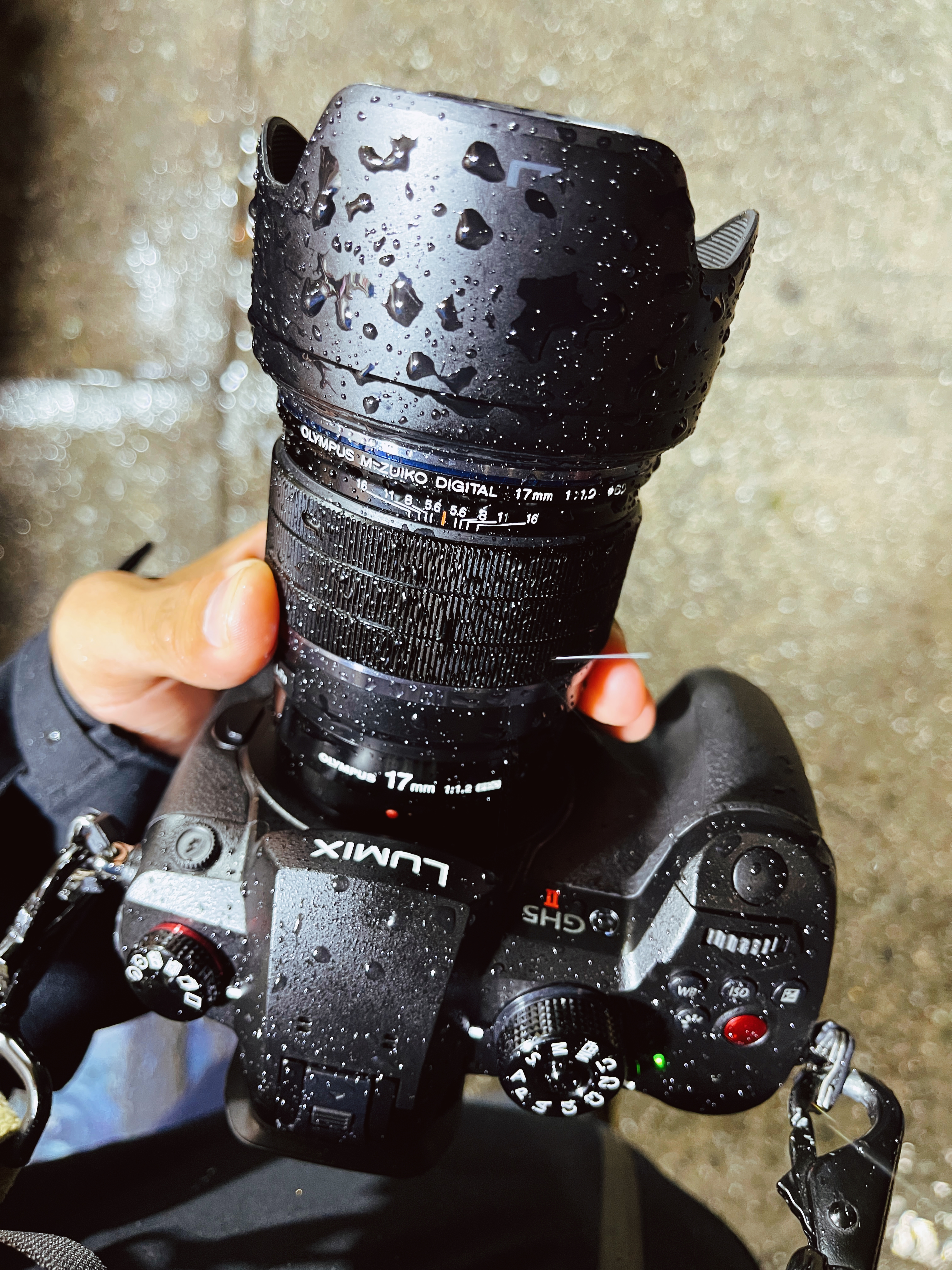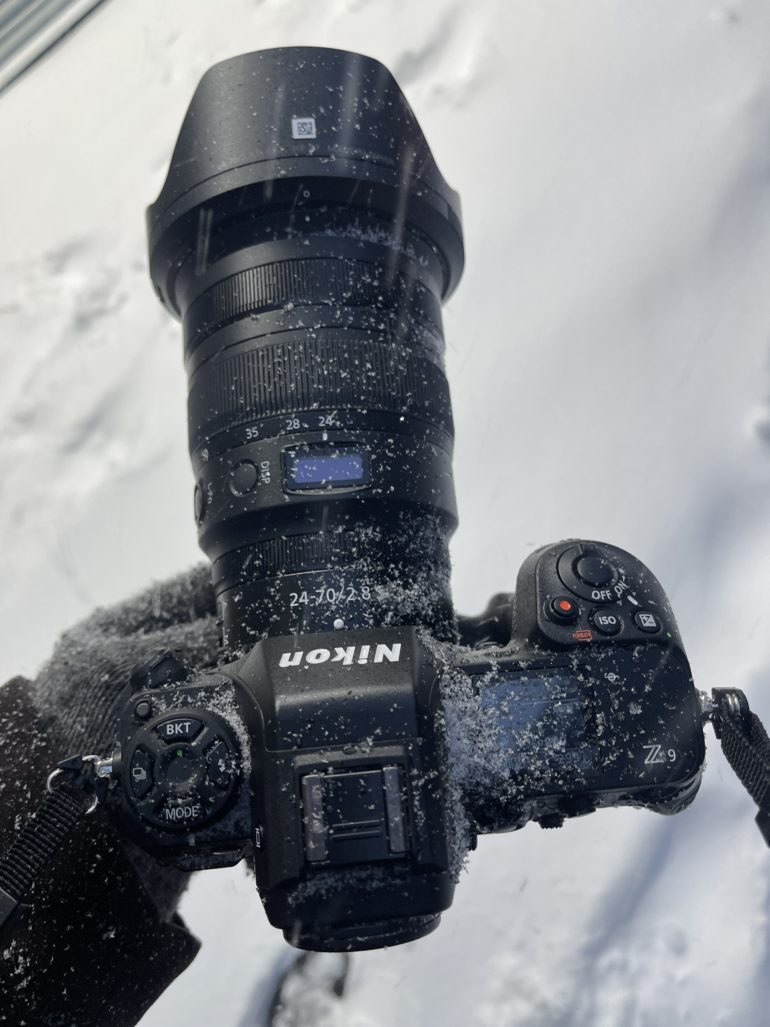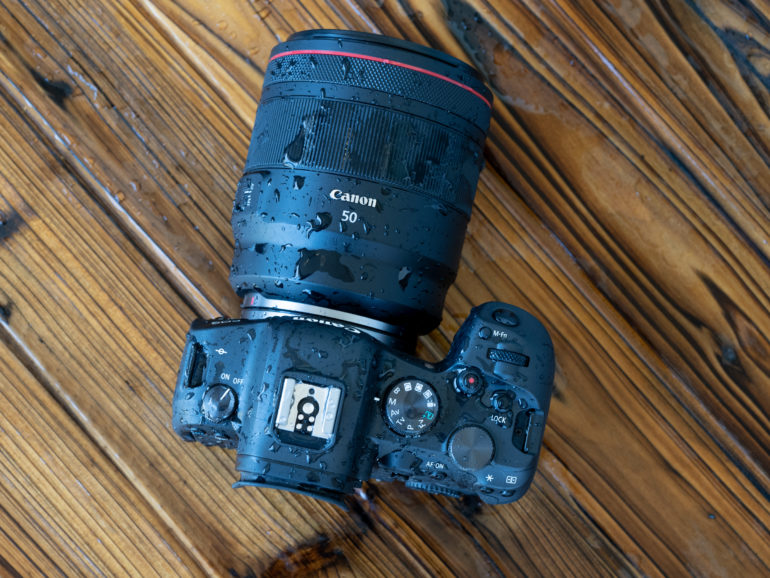Your camera isn’t weather sealed, it’s weather-resistant. This means your camera isn’t waterproof. That’s a huge difference. It’s imperative to understand this as it can lead to photographers not knowing the difference between them. This is especially the case for newer photographers who never understand how durable their camera gear is. Even years later, I’m traumatized by seeing a photographer pull a camera and lens out of their pocket with no protection. So let’s dive into this.
What do these terms mean?
- Weather sealed – the camera is completely sealed to the elements. This is pretty wrong.
- Weather resistant – the camera is resistant to the elements.
- Moisture, splash, and dustproof – the camera can resist exactly those elements.
Notice we didn’t say waterproof. Very few cameras are waterproof, and they’re only so when all the doors and seals are completely shut.
Here’s where it can get confusing. Camera manufacturers refer to their durability designs as weather seals. They’ll say things along the lines of their cameras and lenses having weather seals. These are correct, but that doesn’t mean they’re completely impervious to the elements; they’re just more weather-resistant to environmental hazards.
Further, you also need to search for diagrams of how weather resistance is done. The key places to look on a lens are the following:
- The front element: can moisture or dust get in there? Will you need a UV filter?
- The mount: is there some sort of rubber gasket? I’d never trust a manufacturer that says the seal is tight enough to keep elements out. The exception is Nikon which designs its lenses so that the lip goes over the entire camera mount.
- The buttons: a lot of lenses don’t have many buttons because it can compromise weather-resistant design.
- The switches: same as the buttons.
- The rings: aperture rings, focusing rings, and control rings need weather-resistant seals.
Cameras are much different. Here’s where to look for weather-resistant seals on a camera’s diagrams:
- The battery door
- The card door
- The hot shoe
- The buttons
- The dials
- The viewfinder
- The switches
- The LCDs
- The port doors
- The tripod mount
- The strap lug area
Typically, this is done a few ways. It’s done by using overlapping materials and rubber gaskets. Combine this with the right amount of pressure and it will create a weather-resistant lens or camera.
Here’s where is gets crazier: if the camera manufacturer says there is weather resistance, your warranty probably won’t cover it. Why? I don’t know. As far as I see, that’s theft. And it’s a major problem across the photo industry with cameras and lenses. There are techs and reps who will tell you that even if your camera doesn’t have a weather-resistant design, it will be fine in the rain. This is irresponsible language. It encourages a photographer to put their product at risk and then have to pay for the consequences.
So why does any of this matter? Well, a weather-resistant design doesn’t just apply to going out into the elements. It also means your product is more durable and should be more reliable over time. It will mean your sensor doesn’t get as dirty too.




